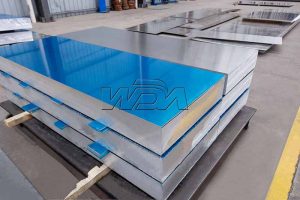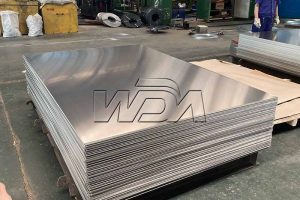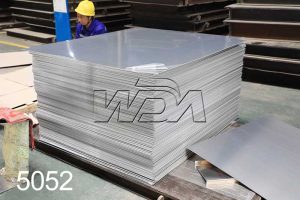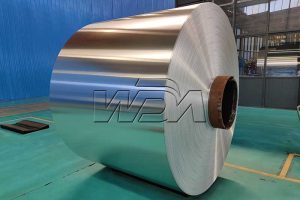6061-T6 and 6063-T5 are two commonly used aluminum alloys in various industries, each with its own set of properties and advantages. The choice between these two alloys depends on the specific application and requirements. To help you make an informed decision, let’s compare and contrast 6061-T6 and 6063-T5 in terms of their mechanical properties, applications, and characteristics.
Mechanical Properties of 6061 T6 and 6063 T5:
6061-T6:
- Strength: 6061-T6 is known for its excellent strength. It offers high tensile and yield strength, making it suitable for applications where structural integrity is crucial.
- Hardness: It has good hardness characteristics, which can be advantageous in certain machining and wear resistance applications.
- Machinability: 6061-T6 can be machined relatively easily, making it a preferred choice for applications requiring complex shapes and precise machining.
6063-T5:
- Strength: 6063-T5 is generally not as strong as 6061-T6. It has lower tensile and yield strengths, which may limit its use in high-stress applications.
- Hardness: This alloy tends to have a lower hardness compared to 6061-T6, which can impact its performance in certain wear-related applications.
- Machinability: 6063-T5 is also machinable, but it may not hold up as well in demanding machining processes as 6061-T6.

Applications of 6061 T6 and 6063 T5:
6061-T6:
- Structural Components: Due to its high strength, 6061-T6 is commonly used in structural components for aerospace, automotive, and marine industries.
- Machinery: It’s suitable for manufacturing machinery components and equipment that require durability and rigidity.
- Welded Assemblies: 6061-T6’s weldability makes it a good choice for welded assemblies.
6063-T5:
- Architectural Applications: 6063-T5 is popular in architectural applications such as window frames, doors, and curtain walls due to its aesthetic appeal and corrosion resistance.
- Extrusions: It’s widely used in extruded shapes and profiles for applications like pipes, tubing, and custom profiles.
- Heat Sinks: 6063-T5’s thermal conductivity makes it suitable for heat sink applications.
Characteristics of 6061 T6 and 6063 T5:
6061-T6:
- Corrosion Resistance: It offers good corrosion resistance, but not as high as some other aluminum alloys.
- Weldability: It is weldable, but welding may require special techniques to avoid weakening the material.
6063-T5:
- Corrosion Resistance: 6063-T5 has better corrosion resistance compared to 6061-T6, especially in marine environments.
- Weldability: It is also weldable and generally easier to weld than 6061-T6.
In conclusion, the choice between 6061-T6 and 6063-T5 depends on your specific application requirements. If you need higher strength and hardness, 6061-T6 might be the better option. On the other hand, if corrosion resistance and aesthetics are more important, 6063-T5 may be a better choice. Additionally, consider factors like machinability, weldability, and cost when making your decision. Ultimately, consulting with a materials engineer or specialist can help you make the most suitable choice for your project. If you still don’t know which one is better for you, you can email me wandaaluminumsheet@gmail.com or WhatsApp me +8613619844700 any time.




